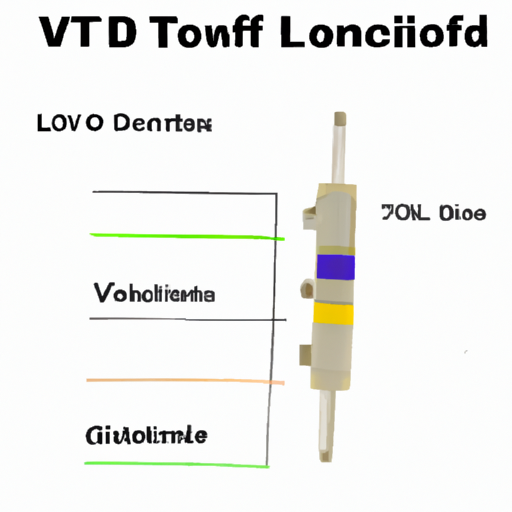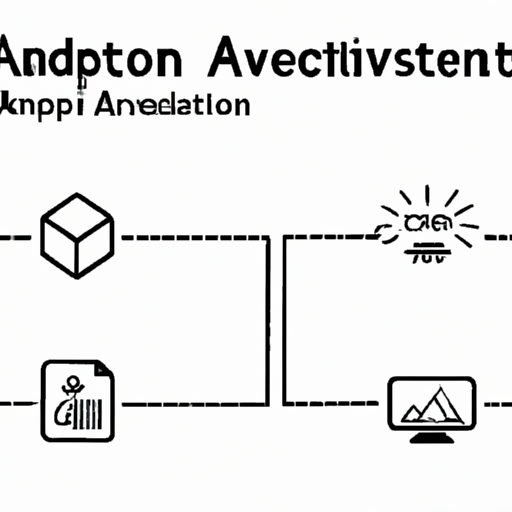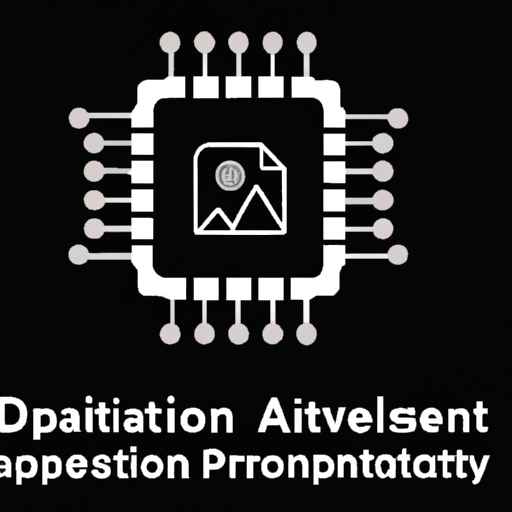1N4002-T Voltage Regulators - Linear, Low Drop Out (LDO) Regulators highlighting the core functional technology articles and application development cases of Voltage Regulators - Linear, Low Drop Out (LDO) Regulators that are effective.
Overview of Linear Voltage Regulators and Low Drop-Out (LDO) Regulators
Linear Voltage Regulators are critical components in electronic circuits, ensuring a stable output voltage despite fluctuations in input voltage or load conditions. Among these, Low Drop-Out (LDO) Regulators are particularly advantageous for applications where the input voltage is only slightly above the desired output voltage. This feature allows for efficient voltage regulation with minimal power loss, making LDOs a preferred choice in many modern electronic designs.
Core Functional Technology
| 1. Basic Operation | |
| 2. Key Parameters | |
| 3. Advantages of LDOs | |
| 1. Battery-Powered Devices | |
| 2. RF and Communication Systems | |
| 3. Consumer Electronics | |
| 4. Industrial Applications | |
| 5. Automotive Applications |
Application Development Cases
Conclusion
Linear Voltage Regulators, particularly Low Drop-Out (LDO) Regulators, are integral to modern electronic design. Their ability to provide stable output voltage with low noise and minimal power loss makes them ideal for a diverse range of applications, from consumer electronics to industrial systems. As technology continues to evolve, the demand for efficient and reliable voltage regulation is expected to grow, solidifying the role of LDOs as essential components in electronic circuit design.
For engineers and developers, a thorough understanding of the core functionalities and application cases of LDOs is crucial for optimizing designs and ensuring the performance of electronic systems. By leveraging the advantages of LDOs, designers can create more efficient, compact, and reliable electronic devices that meet the demands of today's technology landscape.





